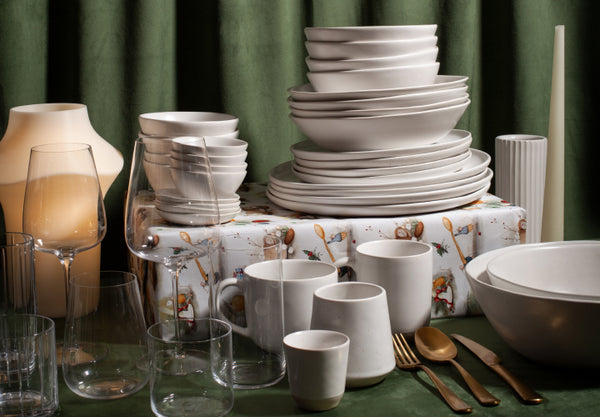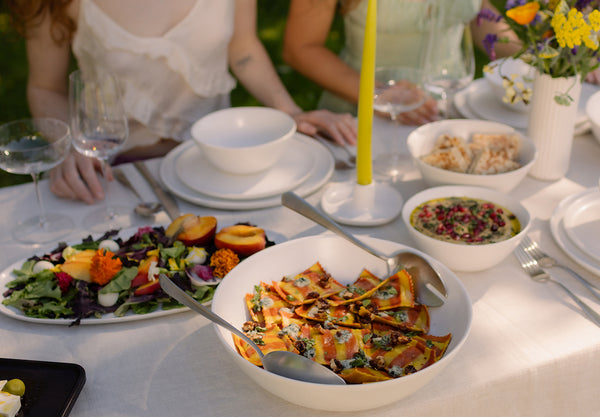 VIP MEMBERSHIP
VIP MEMBERSHIP
Join Fable+ for $40/month.
—credited to your Fable wallet—and unlock access to exclusive member perks.
Sign up now, and enjoy your first month FREE.
Cancel or pause anytime you like.


